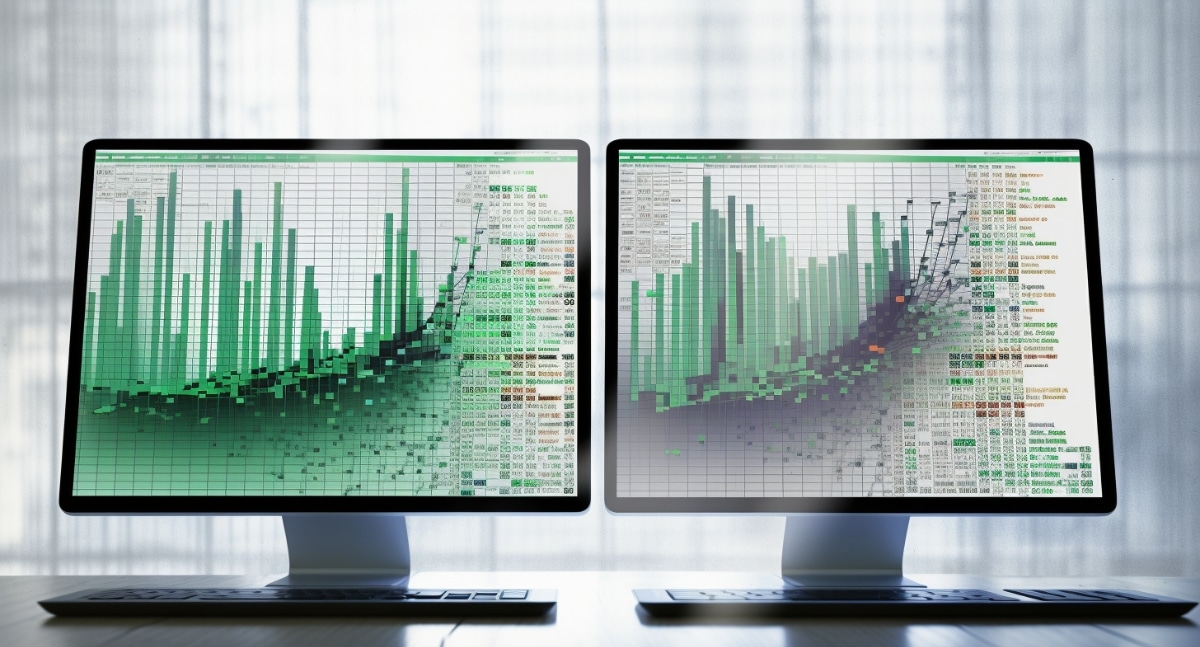Reading Excel Sheets in C++: A Simple Guide

Introduction to Reading Excel Sheets in C++

Excel files are widely used for organizing and storing data in a structured format. However, when it comes to programming, directly interacting with Excel files in languages like C++ might not be as straightforward as it is with Python or R due to the absence of built-in libraries specifically designed for this purpose. This guide will walk you through how to read Excel files (.xlsx) in C++ using the cppxlsx library, which simplifies the process considerably.
Prerequisites

Before diving into the code, you'll need to ensure:
- Your system has C++11 or later installed.
- You have a text editor or an IDE for writing and running C++ code.
- Download and include the
cppxlsxlibrary in your project. Here’s how to do it:
// In your CMakeLists.txt or Makefile:
add_subdirectory(path/to/cppxlsx)
Setting Up Your Environment

First, you need to set up your development environment:
- Download the
cppxlsxlibrary from its official repository or its archive. - Integrate it with your project's build system. For CMake users, this could look like:
cmake_minimum_required(VERSION 3.0)
project(ExcelReadExample)
find_package(cppxlsx REQUIRED)
add_executable(read_excel main.cpp)
target_link_libraries(read_excel cppxlsx)
📝 Note: Always ensure you are using the most recent version of the library to benefit from the latest features and fixes.
Reading an Excel File

Let's now go through the steps to read an Excel file with C++:
1. Include Required Headers

#include
#include "cppxlsx/xlsx_workbook.hpp"
2. Opening the Workbook

Here's how you open an existing workbook:
xlsx::Workbook wb;
if (!wb.open("example.xlsx")) {
std::cerr << "Failed to open Excel file!" << std::endl;
return EXIT_FAILURE;
}
3. Accessing the Worksheets

To retrieve specific worksheets:
auto worksheet = wb.worksheet("Sheet1");
if (!worksheet) {
std::cerr << "Worksheet 'Sheet1' not found!" << std::endl;
return EXIT_FAILURE;
}
4. Reading Cell Data

Now, you can read cell data by specifying the cell's coordinates:
xlsx::Cell cell = worksheet->cell("A1");
std::string value = cell.value().get();
std::cout << "Value of A1 is: " << value << std::endl;
5. Looping Through Cells

To loop through rows and columns:
for (int row = 1; row <= worksheet->last_row(); ++row) {
for (int col = 1; col <= worksheet->last_column(); ++col) {
xlsx::Cell cell = worksheet->cell(row, col);
std::cout << "[" << row << ", " << col << "]: " << cell.value().get() << std::endl;
}
}
Handling Special Cases

Sometimes, you might need to handle specific scenarios:
- Empty Cells: Check if a cell is empty before accessing its value.
- Data Types: Be aware that
cell.value()might return different types based on the Excel cell's content. - Date and Time: Dates and times in Excel are stored as numbers; you might need to convert them.
🚨 Note: Ensure you handle exceptions when dealing with files and cell data to prevent unexpected crashes or errors.
Summary

In this guide, we've covered the basic steps required to read an Excel file in C++ using the cppxlsx library. From setting up your environment to iterating through cells, you can now automate the extraction of data from Excel sheets for use in your C++ applications. Remember to include error checking, handle different data types, and ensure that your development environment is correctly configured for a seamless experience.
Can I read .xls files with cppxlsx?

+
The cppxlsx library primarily focuses on reading .xlsx files, but with additional effort or possibly other libraries like libxls, you can extend this to support .xls files.
How can I write data to an Excel file in C++?

+
cppxlsx also allows writing to Excel files. You can create a new workbook, add sheets, and insert data into cells using similar methods as for reading.
What if my Excel file is password protected?

+
As of now, cppxlsx does not support reading password-protected Excel files out-of-the-box. You might need to decrypt the file or use another library that supports this feature.